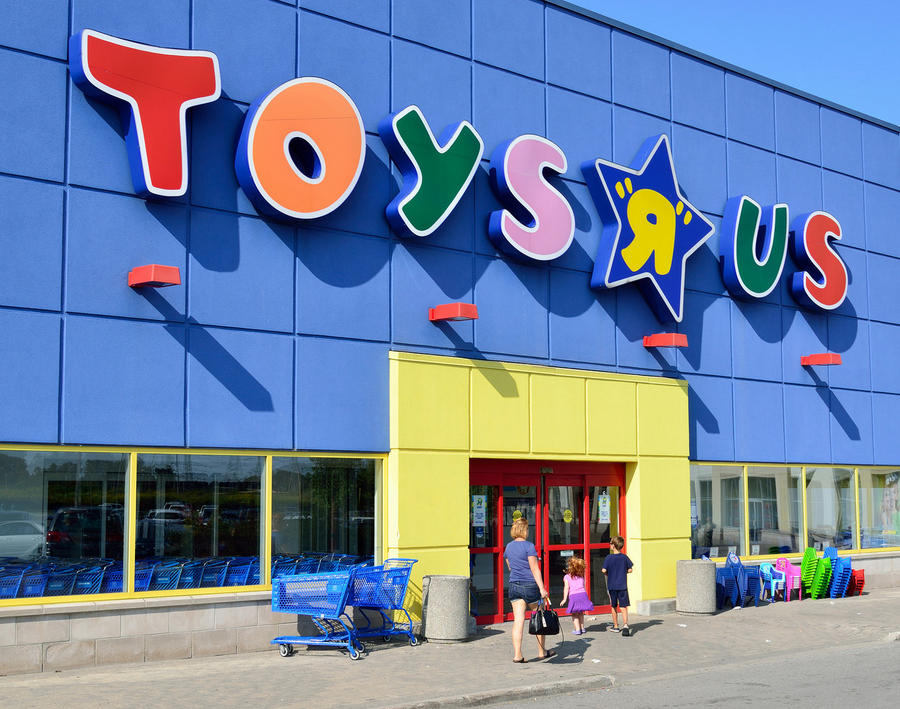Tom’s Hardware is generally really solid. But they should stay focused on technology because this post is seriously absurd:
“More than two years after the introduction of the iPad, Samsung appears to be very confident in the tablet market and is shooting for margins that exceed Apple’s iPad levels.”
– Samsung Galaxy Note 10.1 Has Bigger Profit Margin Than iPad, Aug 27, 2012
MSRP stands for Manufacturers Suggested Retail Price. It is the price a manufacturer of a product sets for what a product should sell for in the retail channel, without a subsidy.
Any subsidy (such as a recurring subscription) is then generally applied after the fact. For example an iPhone at ATT has a MSRP of $599. But with a 2-year service agreement you pay $199. The other $400 is the subsidy that ATT attempts to recoup over your 2-year’s of paying through the nose every month.
A rule of thumb for figuring out an MSRP of consumer electronics is to take bill of materials (BOM) cost (what it cost to manufacture the product) and multiplying by something between 1.5 to 3.0. If there is a middleman involved (e.g. the product is first sold to a wholesaler who then resells it to the retailer; which is true of most consumer electronics) the multiplier tends to be higher. If the product is sold direct to the consumer the multiplier tends to be lower.
Some luxury products have higher margins (and thus a higher multiplier). Cut-rate products have a lower multiplier.
For example:
A 16GB WiFi iPad with a BOM of $316 has a MSRP of $499. That’s a 1.5x multiplier. Apple’s vertically oriented supply chain, where they own everything from hardware design to manufacturing to distribution to inventory management to retail sales to after sale support allows them to extract up to 32% gross margin from this ($160)
A Samsung tablet with roughly equivalent specs to the iPad will fare differently.
The Samsung Galaxy Note 10.1 has a BOM of $260. The delta between Samsung’s BOM and Apples BOM comes from two sources: Apple using generally higher-quality materials and Samsung’s massive scale as an semiconductor manufacturer. The MSRP of a Note 10.1 is $499.
Tom’s article suggests that the delta between $260 and $499 means Samsung’s margins will be higher. But this completely and naively ignores the fact that Samsung has to pay someone else to sell the product.
Samsung does not control their retail channel. The Galaxy Note 10.1 is predominantly sold through other retailers who, as a rule of thumb, generally extract a 30-40% markup.
This is where Tom’s article falls down so badly. It ignores the cost of wholesale markup which Samsung cannot control because it does not own the retail channel. Apple on the other hand does own the retail channel and thus has a wholesale markup of 0%.
Oh, and don’t suggest “But Samsung has an online store!” True, the tiny percentage of tablets Samsung sells directly to consumer command a higher margin (0% wholesale markup). But it is a tiny percentage. For Apple the opposite is true: Other retailers sell only a tiny percentage of Apple’s products compared to those sold in Apple’s retail and online stores. And, due to the popularity of Apple’s products I am confident that those retailers beg Apple to be able to assort iPads (and thus get a far less than 30-40% wholesale markup).

















 RSS - Posts
RSS - Posts
Hey Charlie,I responded on twitter as well. The thing is, margins (even in education) on these products is well below 10%. So if Samsung is really keeping that much money, their greed is part of why they don’t sell. BUT, that’s the problem with not owning your own OS. Apple recoups any cost at all through the app store, Samsung gets 0 from google play that we know of. That’s why we saw Amazon launch their own app store ahead of the Fire, they don’t want cut out completely.
You are absolutely right about me being overly generous for most margins. I’ve done some more digging and current margins for consumer electronics is in the 8-10% range now. Which means that Tom’s hardware is even more off base with their assertion…because Apple *IS* getting 23-32% margins.